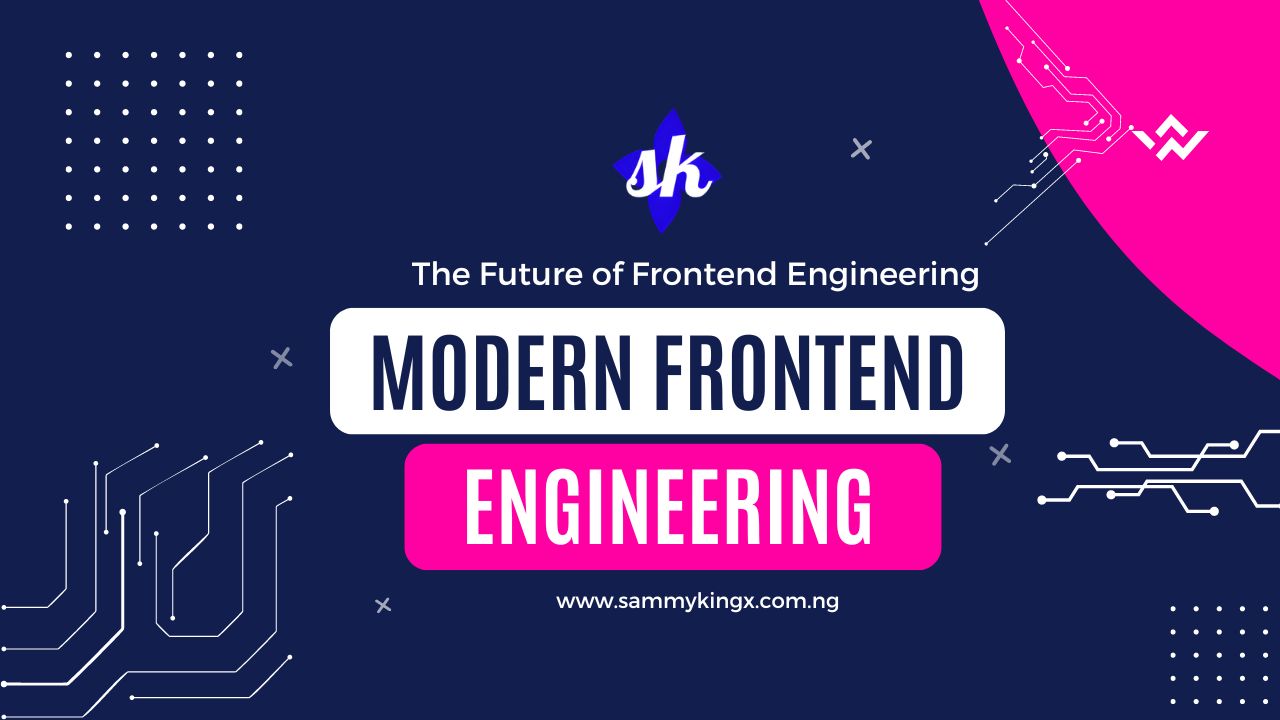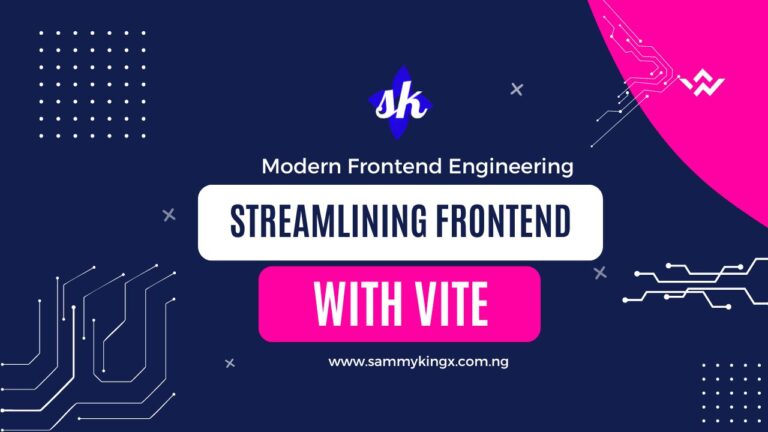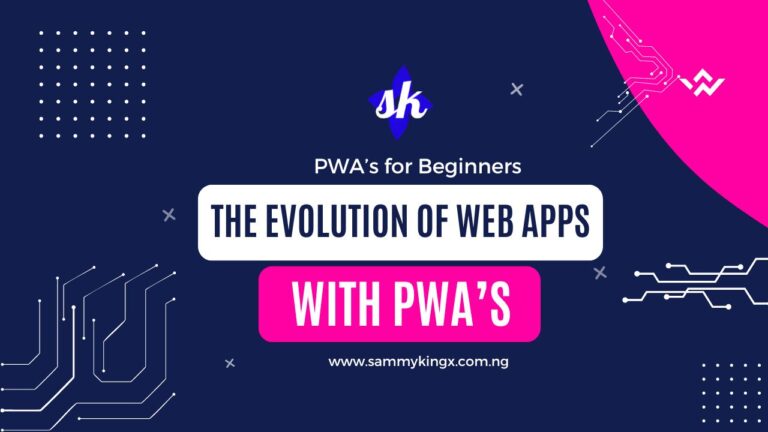Book Appointment Now

Exploring Modern Frontend Engineering
Hey there, aspiring engineer! Are you ready to dive into the captivating realm of modern frontend engineering? It’s time to embark on a journey where innovation meets creativity, and together, they shape the future of digital experiences. As a beginner, you have the power to craft interactive and stunning interfaces that will wow users worldwide. So, without further ado, let’s begin!
Unlocking the Magic of Modern Frontend Engineering
Imagine yourself as a master craftsman, sculpting the visible part of a website or web application. Modern frontend engineering is all about creating seamless and captivating user experiences that delight and engage. It’s an art that blends design, functionality, and cutting-edge technologies to bring digital ideas to life.
The Evolution of Frontend Engineering
Not too long ago, creating a website was a relatively simple affair. Static web pages were the norm, and frontend engineers primarily worked with HTML, CSS, and a bit of JavaScript. But times have changed, and so has the landscape of frontend engineering.
Today, web applications have become increasingly complex and feature-rich. Users expect dynamic interfaces, smooth animations, and mobile responsiveness. The rise of mobile devices, the demand for real-time interactions, and the need for secure and scalable solutions have driven the evolution of frontend engineering.
The Toolbox of a Modern Frontend Engineer
As a modern frontend engineer, you’ll need a set of tools that empower you to create captivating experiences. Here’s a rundown of the essential instruments in your arsenal:
- HTML5 and CSS3: These are still the foundation, but they’ve evolved. HTML5 brings semantic tags and enhanced multimedia support, while CSS3 offers animations, transitions, and flexible box layouts.
- JavaScript ES6+: JavaScript has grown up, too! Modern JavaScript (ES6 and beyond) introduces arrow functions, classes, modules, and more, making your code cleaner and more efficient.
- Frontend Frameworks: Frameworks like React, Vue.js, Angular, or Svelte provide a structured way to build complex applications. They offer reusable components, efficient state management, and powerful development tools.
- Design Systems and UI Kits: Consistency is key, and design systems (like Material Design or Bootstrap) provide a library of UI components, colors, and typography guidelines. UI kits (such as Tailwind CSS or Ant Design) speed up your development process.
- State Management Libraries: As applications grow, managing their state becomes crucial. Libraries like Redux, Vuex, or React’s Context API help handle data flow and keep your application organized.
- Build Tools and Bundlers: Tools like Webpack or Parcel simplify the process of bundling your code, optimizing it for production, and handling various asset types.
- API Integration: Modern frontend applications often interact with backend services. Understanding how to work with APIs (Application Programming Interfaces) is essential for fetching and sending data.
Emerging Trends Shaping the Future
The world of frontend engineering is constantly pushing boundaries, and these emerging trends are leading the way:
- Single-Page Applications (SPAs): SPAs offer a seamless, app-like experience without full page reloads. Built with JavaScript frameworks, they provide dynamic content updates and improved user engagement.
- Serverless Architecture: Serverless computing allows you to build and run applications without managing servers. Services like AWS Lambda or Azure Functions handle the backend, letting you focus on the frontend.
- Progressive Web Apps (PWAs): PWAs combine the best of web and mobile apps. They offer features like offline functionality, push notifications, and installability, delivering a native app-like experience on the web.
- Motion UI and Micro-interactions: Bringing subtle animations and transitions to user interfaces adds a touch of magic. Libraries like Framer Motion or LottieFiles make it easy to implement.
- Voice and Chatbot Integration: With voice-activated devices and chatbots on the rise, integrating voice and conversational interfaces into web applications is becoming increasingly popular.
Skills to Navigate the Modern Frontend Landscape
Technical proficiency is essential, but it’s the soft skills that will truly set you apart:
- Design Thinking: Embrace a design mindset to create user-centric interfaces. Understand user needs, prototype ideas, and iterate based on feedback.
- Problem-Solving: Complex applications come with their fair share of challenges. Develop a systematic approach to troubleshooting and critical thinking.
- Communication: Effective collaboration with designers, backend developers, and stakeholders is key. Clear communication ensures everyone is aligned and rowing in the same direction.
- Attention to Detail: Little details make a big difference. A meticulous approach ensures your code is robust, accessible, and provides a polished user experience.
- Adaptability: The web is ever-evolving, and so should you. Stay curious, embrace new technologies, and be willing to adapt to changing trends and user expectations.
Your First Steps into the Modern Frontend World
Ready to dive in? Here’s how you can get started:
- Master the Fundamentals: Begin by strengthening your HTML, CSS, and JavaScript skills. These are the building blocks, and online courses, coding boot camps, and tutorials can be excellent guides.
- Choose a Framework: Select a popular frontend framework (React, Vue, Angular) to focus on. Follow tutorials, build small projects, and gradually increase your proficiency.
- Practice Daily: Consistency is key. Dedicate time each day to coding, even if it’s just a small task. The more you practice, the more comfortable you’ll become.
- Build a Portfolio: Showcase your skills and creativity with a portfolio. Include personal projects, experiments, and contributions to open-source initiatives. It’s your chance to shine and stand out.
- Network and Learn: Engage with the vibrant frontend community. Join online forums, attend meetups, and connect with fellow enthusiasts. Collaborate on projects, seek feedback, and stay inspired.
- Stay Future-Ready: The web is constantly evolving, so embrace change. Keep up with the latest trends, explore new technologies, and never stop learning.
Final Thoughts: Embrace the Adventure
The world of modern frontend engineering is an exhilarating journey, offering endless opportunities to create, innovate, and make a real impact. It’s a dynamic field that rewards creativity, technical proficiency, and a passion for crafting exceptional user experiences. So, embrace the adventure, keep learning, and never stop exploring. The web is your canvas, and together, we can shape its future!
Happy coding, and may your frontend endeavors be filled with excitement, fulfillment, and endless possibilities!
Stay tuned as we continue our exploration, delving into the fascinating world of performance optimization, where we’ll uncover techniques to make your web applications lightning-fast and responsive!




